A portrait of unrestrained violence, “No Country for Old Men” features the most disturbing killer in cinema history.
No Country for Old Men (2007), directed by the Coen brothers, is one of the most acclaimed films in cinema history.
The film takes inspiration from Cormac McCarthy’s 2005 novel of the same name and is a story of senseless violence and grief. It stars Josh Brolin, Tommy Lee Jones, Javier Bardem, Woody Harrelson, and Kelly Macdonald. It dominated the Academy Awards in 2008, winning Best Picture, Adapted Screenplay, Cinematography, Sound Mixing, Sound Editing, Supporting Actor, Film Editing, and Best Director.
The Coen brothers tell a Western story about morals, crime, greed, and lawlessness.
Set in 1980s Texas, the film follows Llewellyn Moss (Brolin). Moss stumbles upon a drug deal gone horribly wrong and 2 million dollars stashed in a suitcase. He takes the money for himself and his wife to live a better life. The Mexican drug cartel and a senseless psychopath, Anton Chigurh (Bardem), hunt him.
Sheriff Ed Tom Bell (Jones) tries to track Moss down to protect him from the impending violence of the cartels and the chaos coming his way as retribution for stealing the money.
Each character lies on a moral spectrum.
No Country for Old Men plays with morality and illustrates three contrasting examples of moral standing.
It is evident that Ed Tom Bell, the sheriff, maintains a strong sense of morality and justice. He condemns violence and follows the law according to its rules. Villains like Chirgurh confuse Bell’s sense of justice. He’s at the end of his career and overwhelmed by the ever-growing, nonsensical violence that ravages his small-town community. He learns throughout his years in law enforcement that violence transcends generations.
Chigurh is death and cruelty itself. He kills humans like animals because that’s what they are to him. His only goal is to retrieve the money Moss stole. Nothing else matters.
Perhaps the most interesting, morally grey character is Moss. Unlike Bell and Chigurh, Moss falls in the middle of the moral spectrum. He’s an opportunist who takes the money so he and his wife can live a better life. He cares deeply about the ones he loves, yet steals, putting his life on the line. And he doesn’t submit to Chigurh when he threatens to kill Carla Jean (Macdonald), Moss’s wife.
Bardem is frightening and unhinged in his portrayal of serial killer Anton Chigurh.
Our society is obsessed with serial killers. We consume documentaries, podcasts, books, TV shows, and movies dedicated to the topic.
Various films in popular culture depict the horrid and the unthinkable with fictional killers like Norman Bates from Psycho (1960), Michael Myers from Halloween (1978), Jason Vorhees from Friday the 13th (1980), Hannibal Lecter from The Silence of the Lambs (1991), and John Doe from Se7en (1995).
And we can’t ignore the wild popularity of true-crime-inspired shows and films, like the movie Zodiac (2007), which depicts the crime cases about the unidentified Zodiac killer that terrorized Californians.
Images of serial killers are disturbing yet captivating because of the questions they raise.
For example, how can someone act so deranged? What environmental and genetic factors led them to behave and act this way? What is the driving force behind violent crimes? What goes on in the mind of a serial killer?
From real-life killers like H.H. Holmes and Jeffrey Dahmer to the killers who inspired iconic horror characters, like Leatherface (inspired by Ed Gein) in Texas Chainsaw Massacre (1974), to horror’s most enduring villains like Freddy Krueger in A Nightmare on Elm Street (1984), there’s always been an appetite for the macabre.
Information that disturbs us and runs against our values entices us to learn and consume more.
No Country for Old Men portrays the most realistic representation of a psychopath.
Bardem effectively illustrates the characteristics of a psychopath through manipulative interpersonal interactions and alarming violence, making Chigurh the physical and mental embodiment of savagery.
What is a psychopath? Psychopathy is an extreme lack of empathy combined with impulsive behavior. Psychopaths lack a conscience and have a shallow effect, meaning they have no expressive behaviors regarding oral or facial expression.
In 2013, the Journal of Forensic Sciences found that Chigurh was the most realistic portrayal of a psychopath. The study reviewed fictional villains from 1915 to 2010 and analyzed around 400 films and over 120 characters. Classic figures like Chirgurh, Annie Wilkes from Misery (1990), and Michael Corleone from The Godfather series made the list. Researchers analyzed cinematic interpretations of psychopathic characters.
Researchers identified Chigurh’s characteristics as such: “incapacity for love, absence of shame or remoteness, lack of psychological insight, inability to learn from past experiences, cold-blooded attitude, ruthlessness, total determination, and lack of empathy.”
Chigurh cannot comprehend emotion and maintains a nihilistic personality. Without batting an eye, he kills two individuals within the first 5-10 minutes. The second manner of killing is brutal as he strangles the cop that arrested him in handcuffs, dragging him to the floor and choking him to death.
Bardem depicts Chigurh as a merciless killer, solidifying our perception of Chigurh as the ultimate wickedness.
Bardem won an Oscar and a BAFTA for his terrifying portrayal of Anton Chigurh. The most impressive aspect of the performance is his deadpan delivery. His interaction with his victims is like watching a spider trap a fly in its web. Most victims are unaware of their approaching death until it’s too late. The frequency of killings is ruthless and exhibits Chigurh’s disregard for humanity. His indifference toward human life manifests itself in his killing approach.
He defaults to a coin toss to determine whether someone lives or dies. He believes fate put them in their unfortunate situation, not him. He cannot conceptually align his actions with his victims’ deaths, so it must be fate. His theory rings true because no one escapes their inevitable doom.
Bardem creates a chilling character with his ability to shift from brutality to a detached human void of empathy or emotion.
A prime example of his detachment from human suffering is when Chigurh stays in a motel room after killing Mexican drug dealers.
After killing at least four men, he sits on the bed, takes his socks off, and flings them across the room. The act of tossing socks across a room of dead bodies is nonchalant and spine-chilling.
The choice of weapon, a captive bolt pistol, is another indicator of his disturbed personality. This weapon is used to slaughter animals. Chigurh views humans as an obstacle to overcome, a simple barrier to his goals. His choice of weapon symbolizes his indifference to human life. Anyone between him and his goal is disposable.
No Country for Old Men epitomizes societal violence, particularly in the lawless West. The trail of destruction left by Chigurh is an example of that violence.
Bardem successfully displays Chigurh’s callousness, harm propensity, and depraved moral compass.
No Country for Old Men is bloody and graphic. It needed to be that way to reinforce Chigurh as a menacing and unstoppable vehicle for violence and chaos.
Together, the Coen brothers and Bardem created the most fearsome movie villain, with a realistic portrayal of psychopathy and a chilling message that violence and evil can never be eradicated.


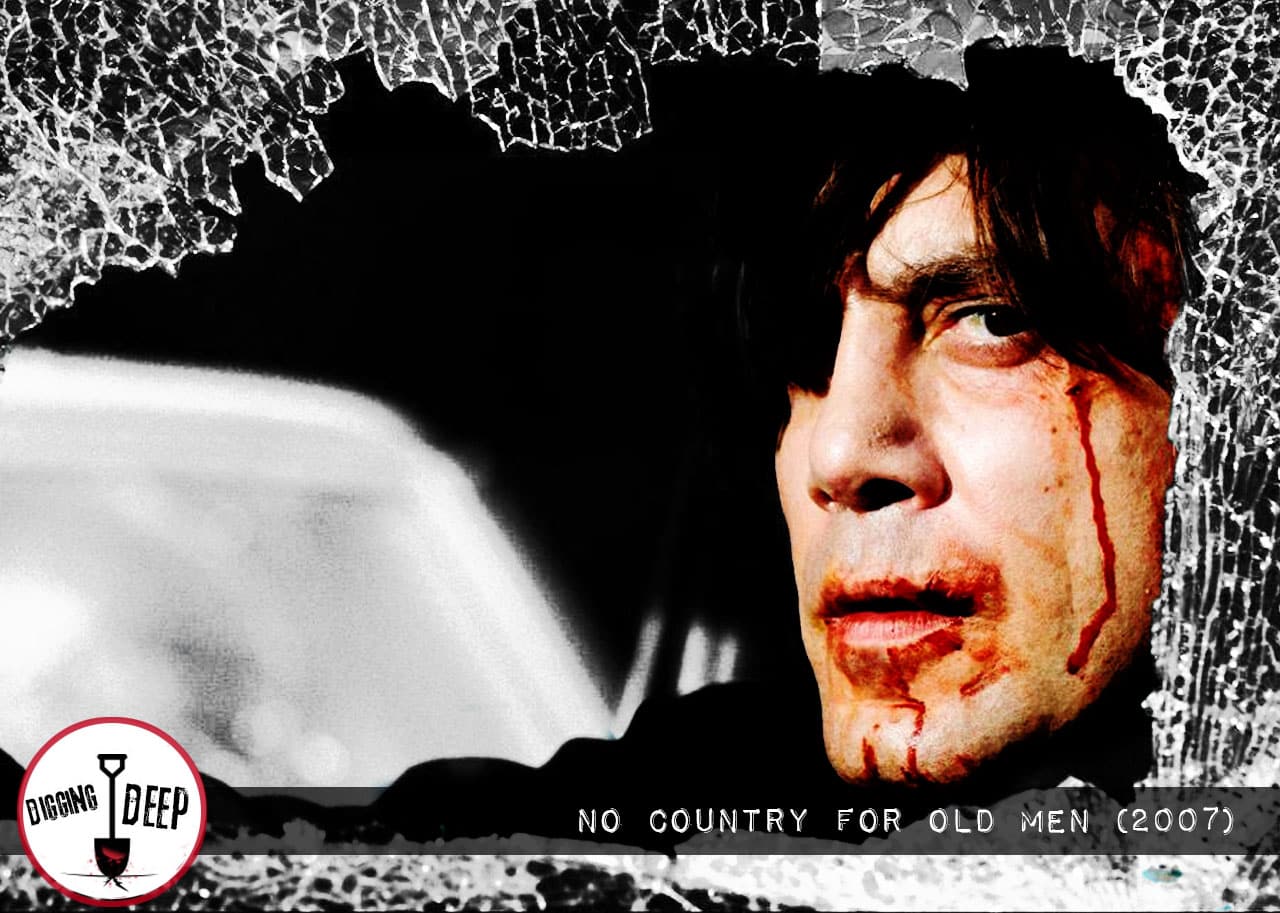
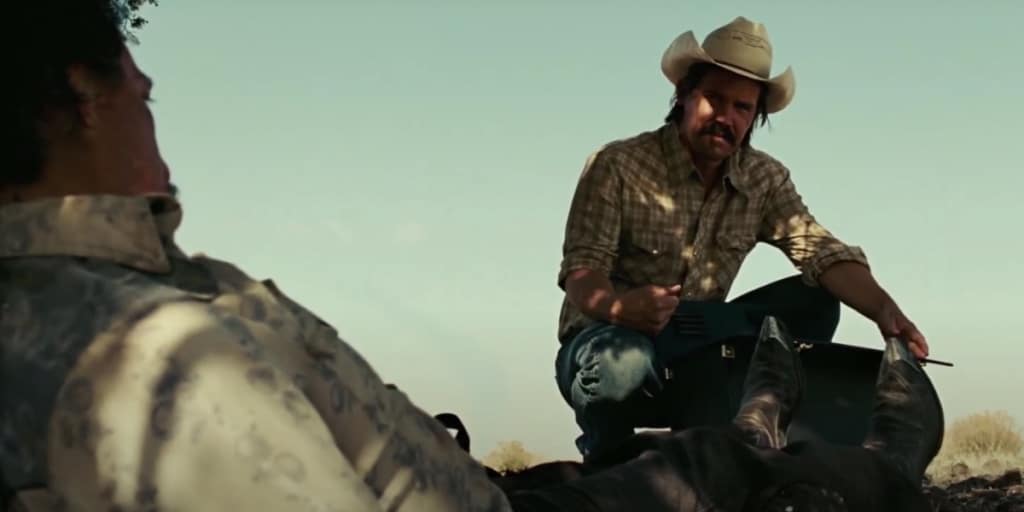
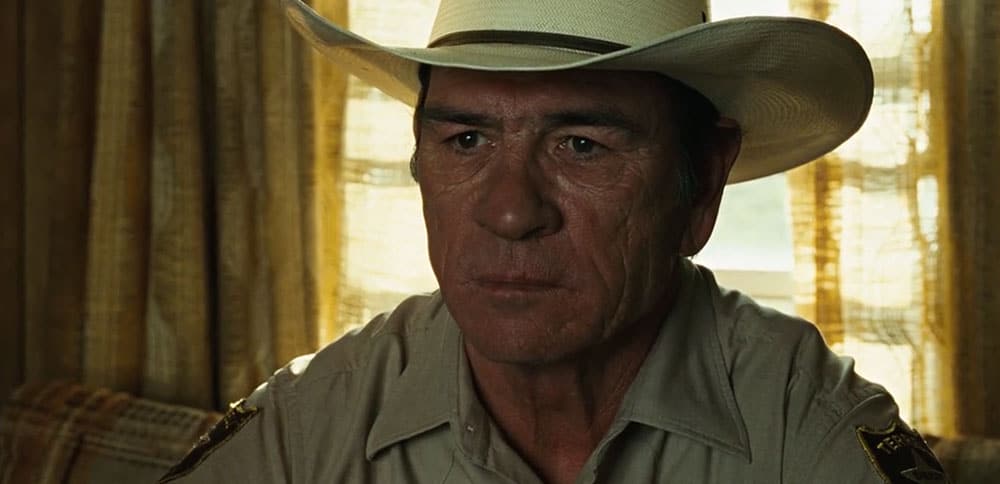
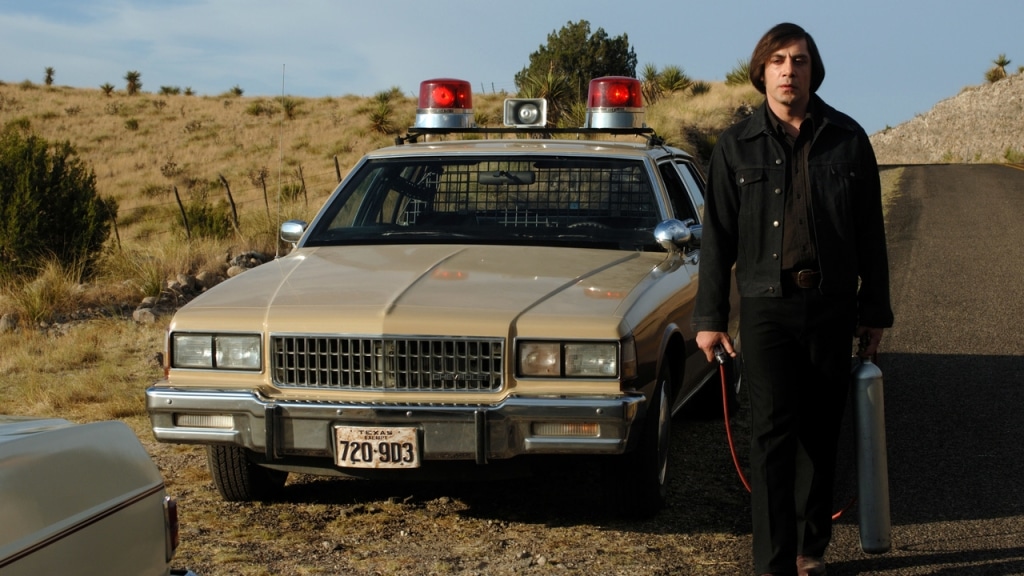
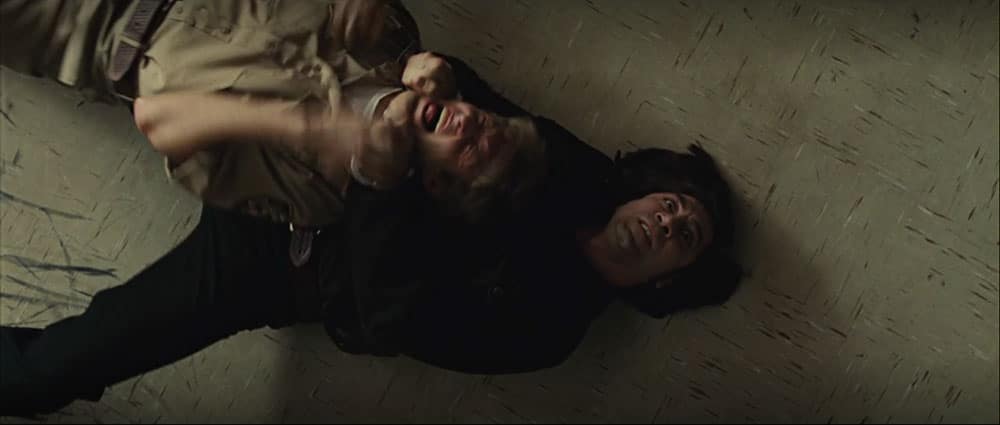
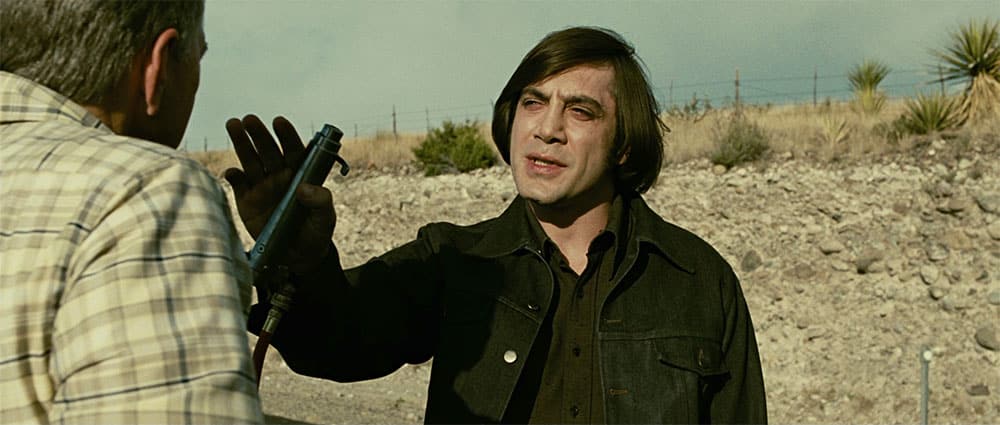











Follow Us!